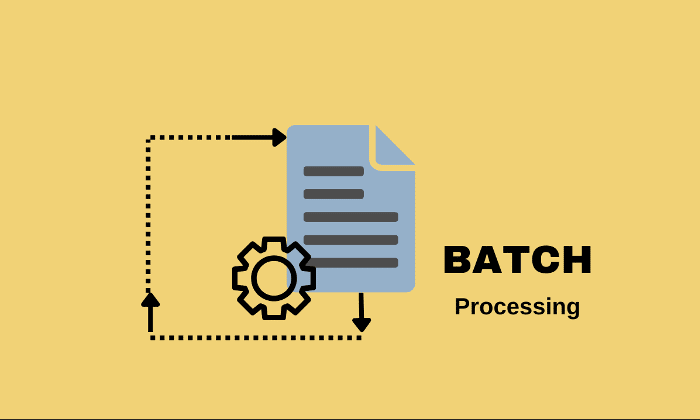Batch processing is a method for performing frequent, high-volume data processes. When technological tools are available, organizations can process data using the batch method with no user input. Users gather and store data for batch processing, which then processes the data within a period called a “batch window.” By establishing processing priorities and finishing data jobs when it makes the most sense, batch processing increases efficiency.
The batch processing technique was used for the first time in the 19th century. This technology, which could count and sort data arranged as punched cards, served as the forerunner to the contemporary computer. Afterward, the cards and the data they contained could be gathered and analyzed in batches. This invention may now process large volumes of data more rapidly and precisely. Batch processing tools are essential for business organizations. Batch Processing Automation | JAMS has the software to automate your business processes to create organizational efficiencies. The fundamentals of batch processing are constant across all jobs and industries. The crucial criteria are as follows:
- Who is submitting the job?
- What program will perform it?
- Where the inputs and outputs are located, and when is the job run?
To put it another way, the who, what, where, and why.
Examples of processing financial data in batches
To automate their billing operations, many businesses employ batch processing. For example, consider a credit card purchase that did not appear in your bank account history until many days after you made the purchase. It’s possible that this transaction was handled in a batch sometime after you made your purchase.
Determining if the batch processing tools are outdated
Batch processing offers numerous advantages to businesses. However, if businesses cannot gain these benefits from their batch processing tools, their tools are outdated. There are quite a few ways to determine if these tools are outdated. This could be done by checking:
Efficiency
Jobs can be processed in batches by a business when computing power or other resources are at hand. As a result, companies can plan batch operations for less urgent tasks and prioritize time-sensitive tasks. Batch systems can also function offline to put less strain on processors.
Simplicity
Batch processing does not require complex hardware or system support. Therefore, it does not require a lot of upkeep and maintenance. However, in case if it requires it, it means that the tool is outdated and requires automation.
Higher data calibre
There is less potential for error because batch processing automates most of a processing job’s components and requires little user interaction. As a result, an increased level of data quality is produced by improving precision and accuracy. However, if there are errors, it indicates that the tool is outdated.
Improved business intelligence speed
Businesses can swiftly process huge volumes of data thanks to batch processing. Batch processing, which allows for processing multiple records at once, shortens processing times and delivers data faster so businesses can move quickly. Additionally, corporate intelligence has become accessible more swiftly than ever due to the ability to manage multiple tasks simultaneously.
Read Also: How They Can Help You Optimize Your Digital Marketing Strategy
